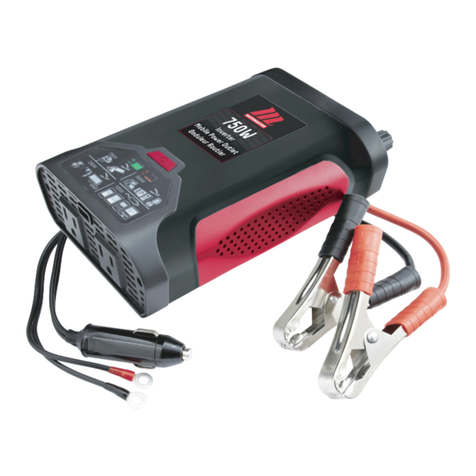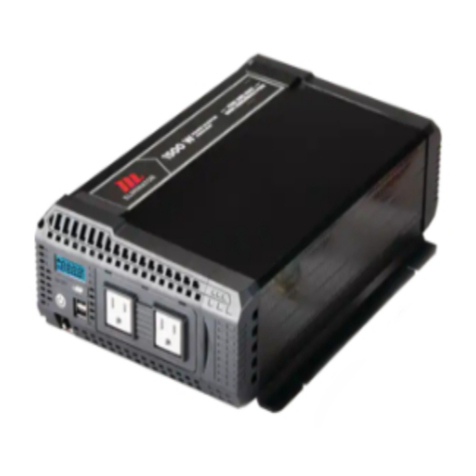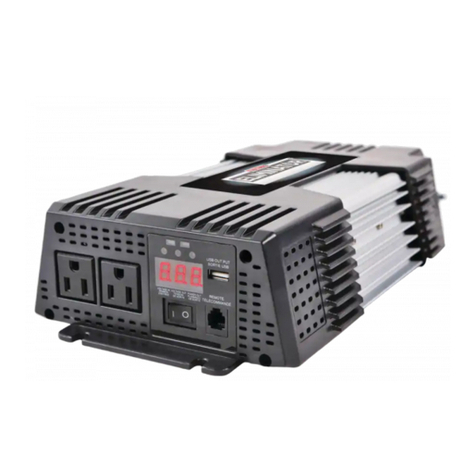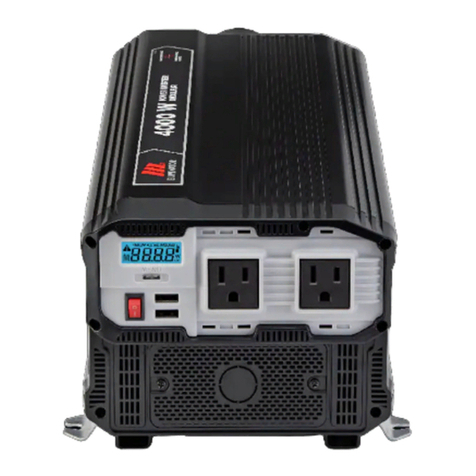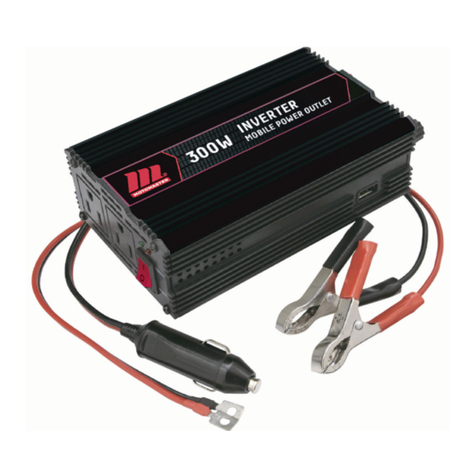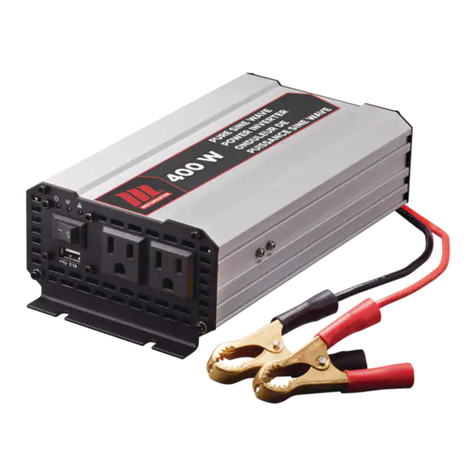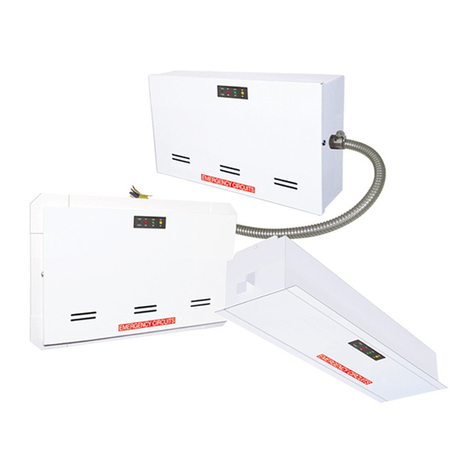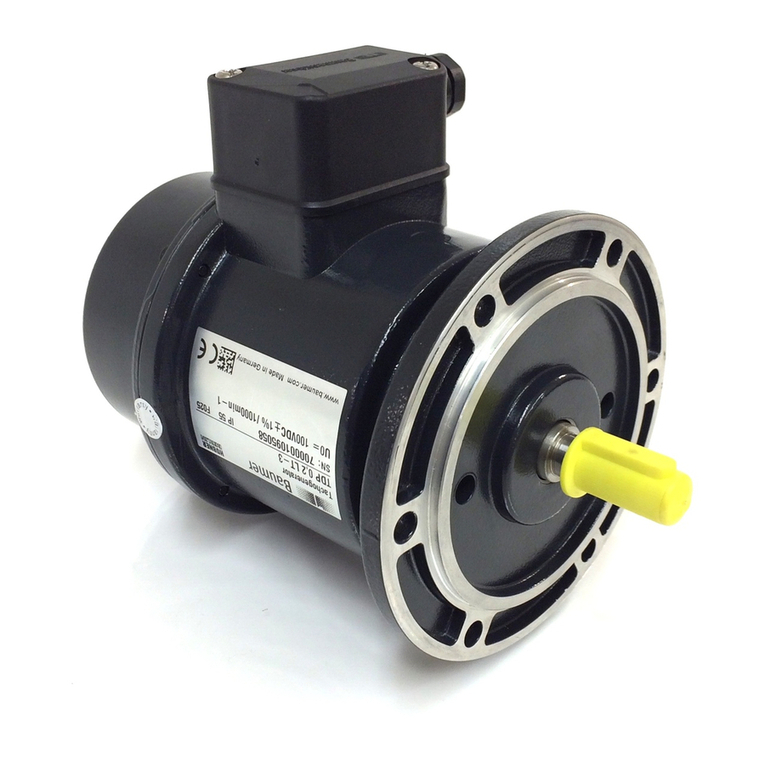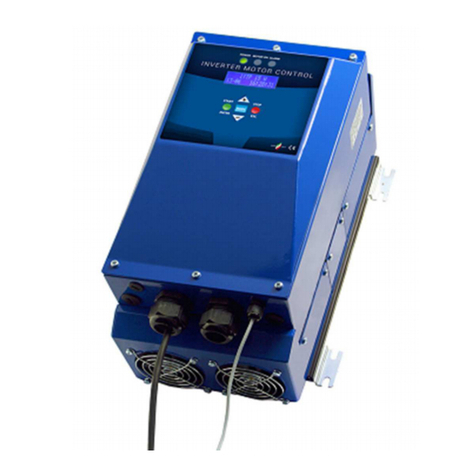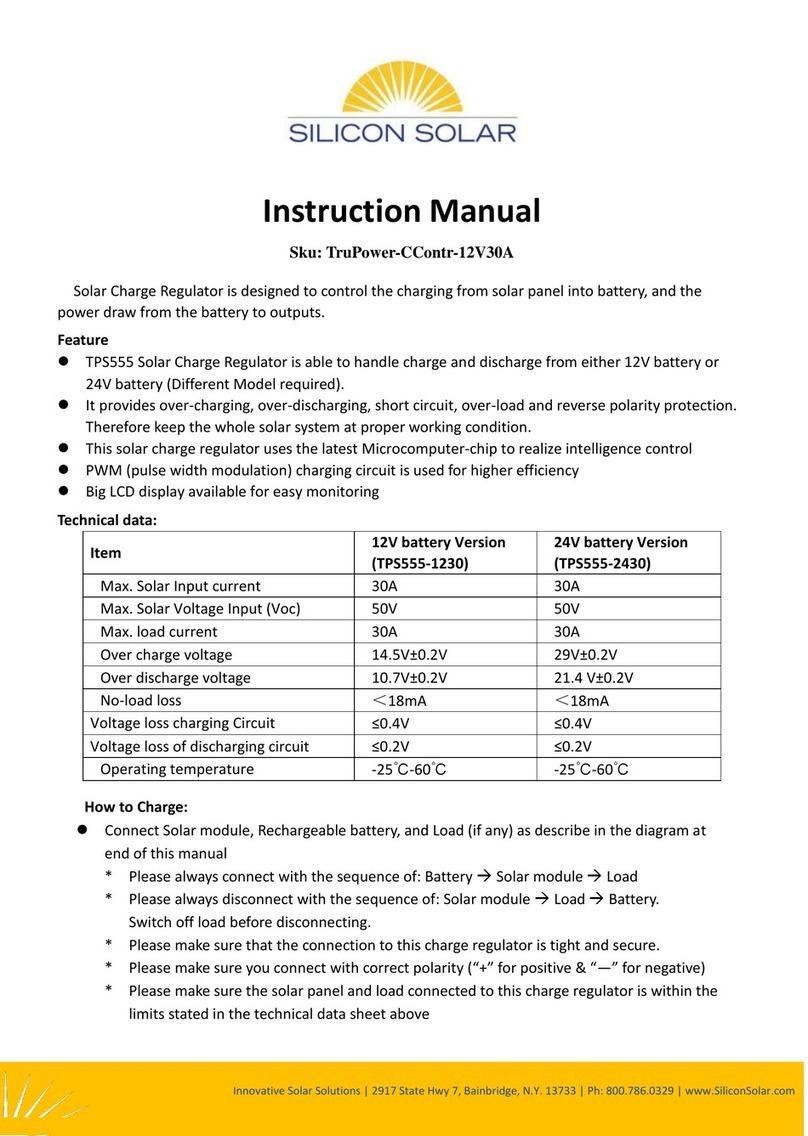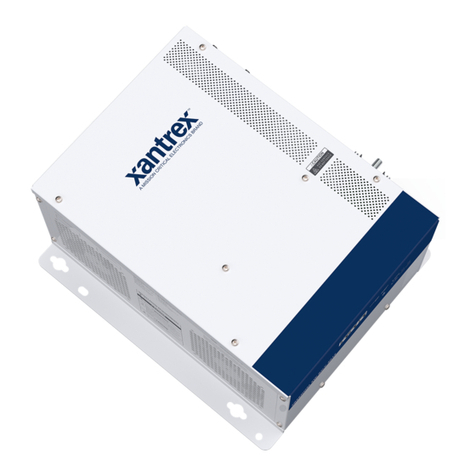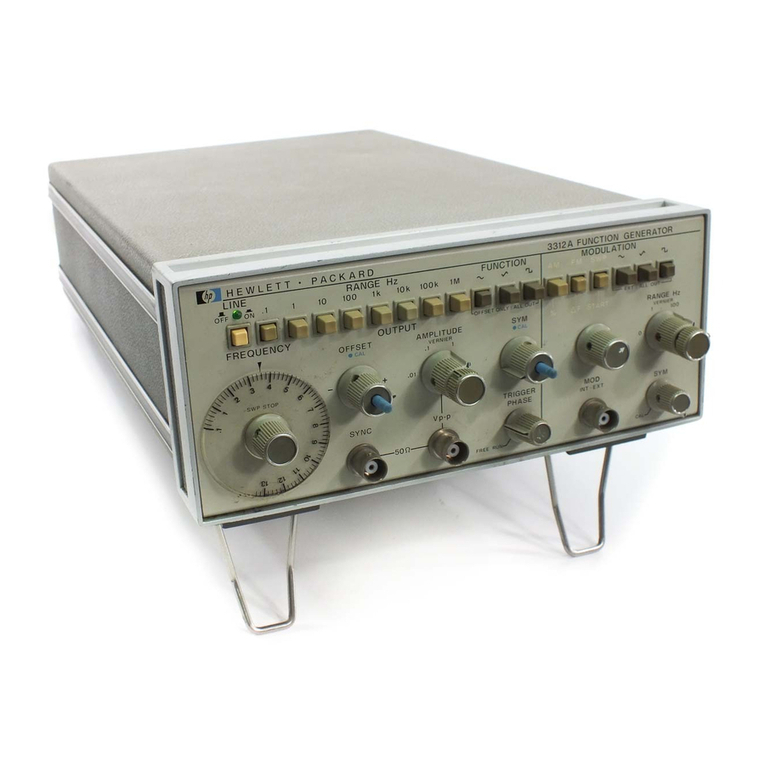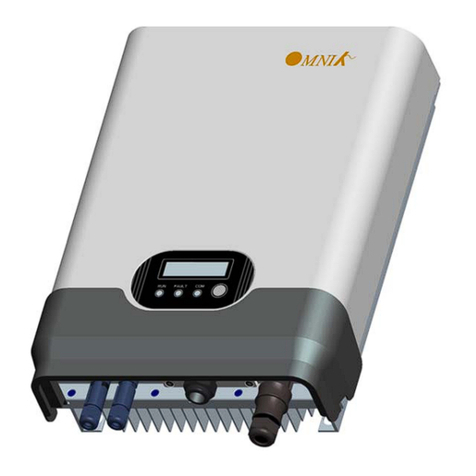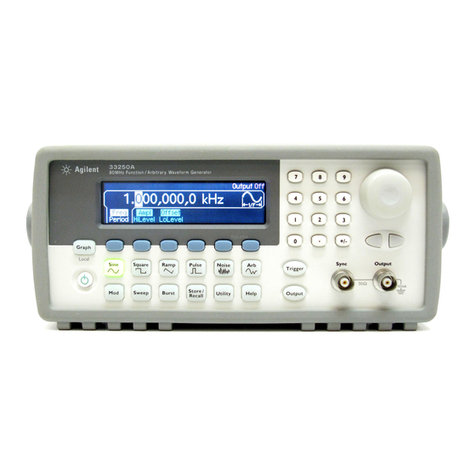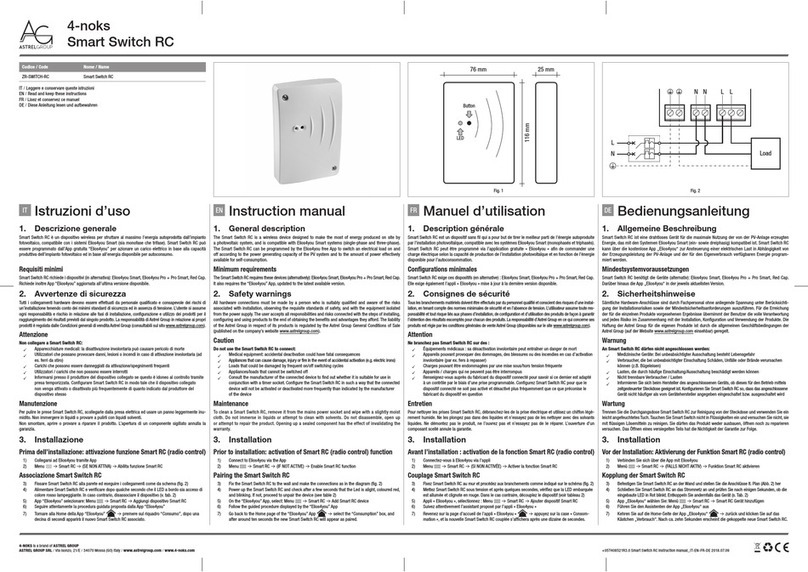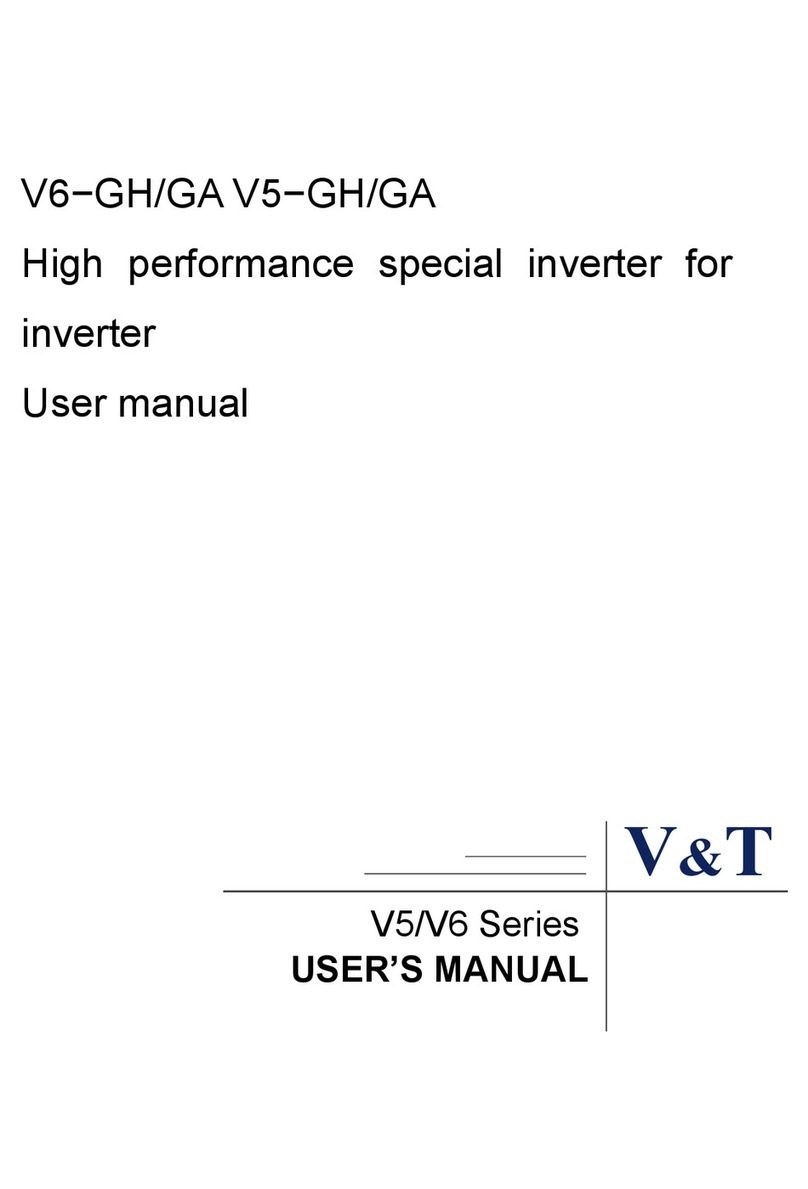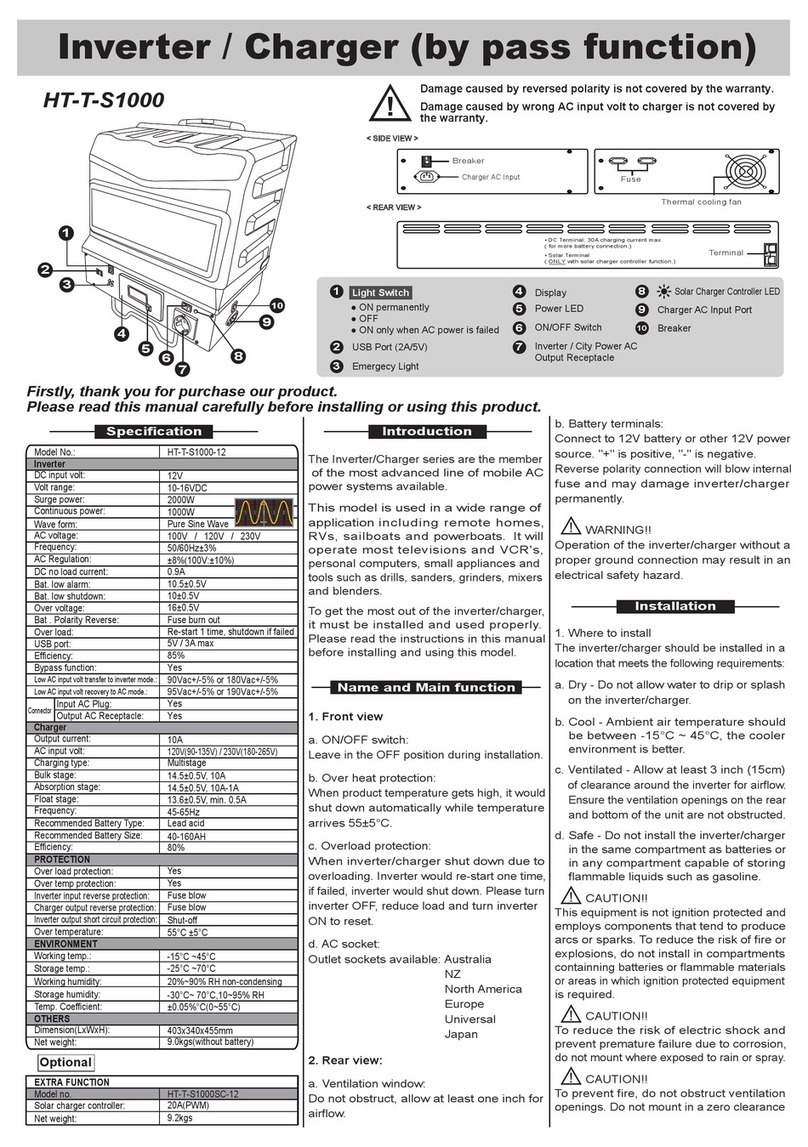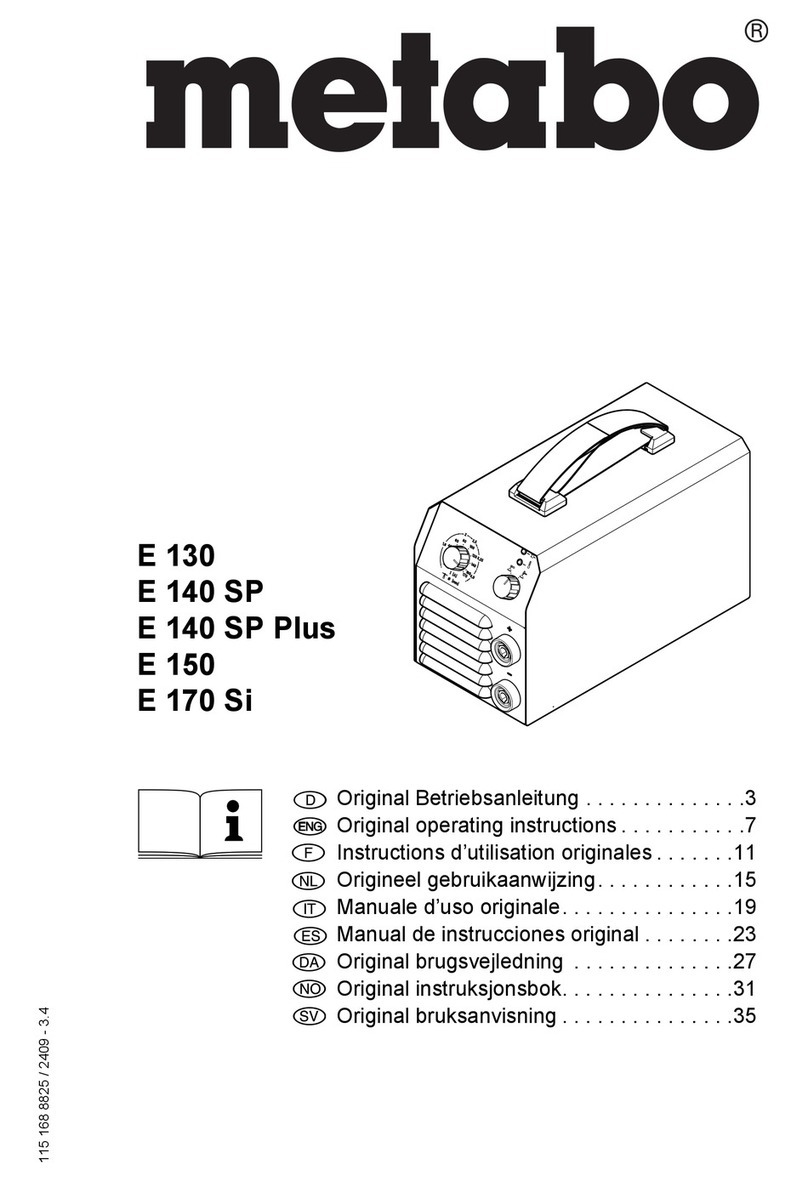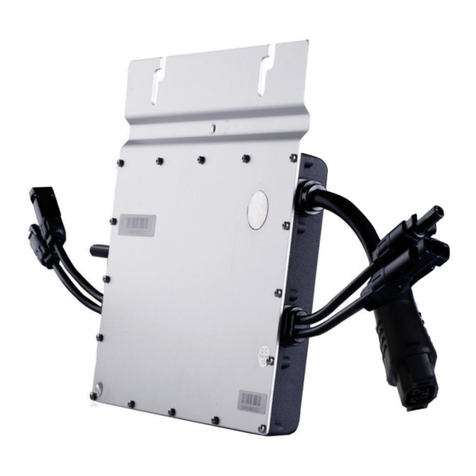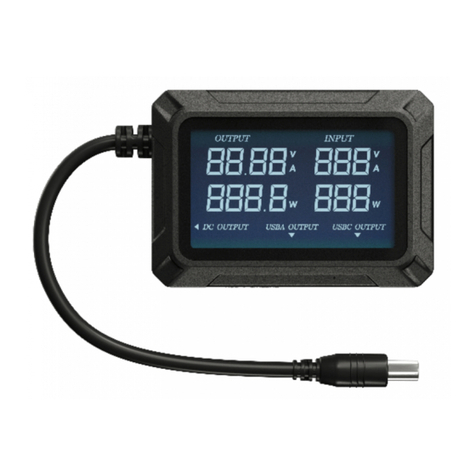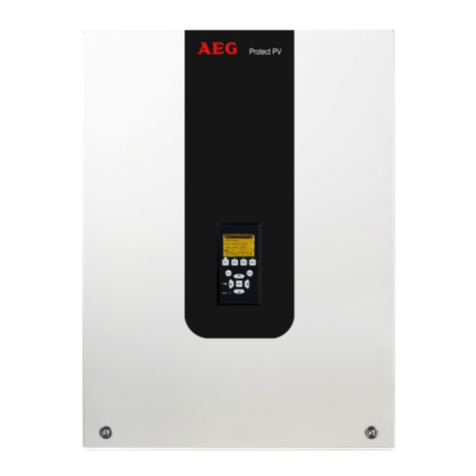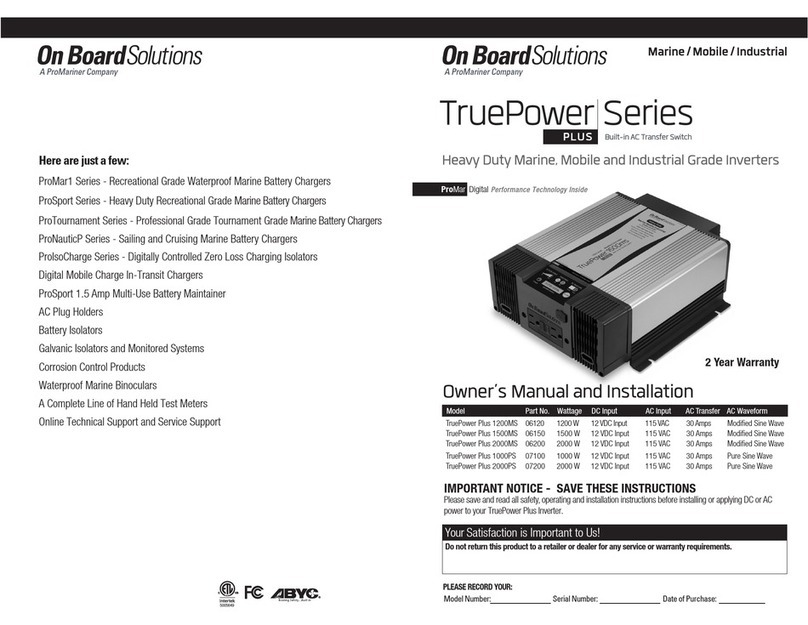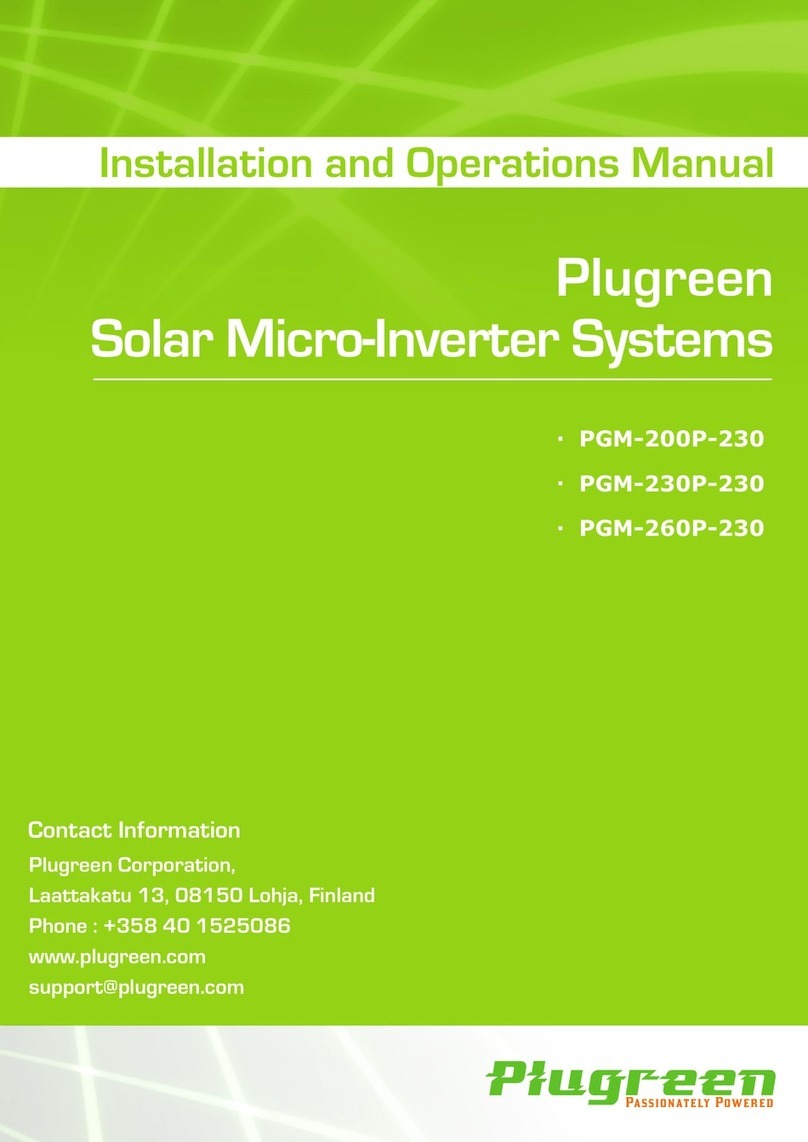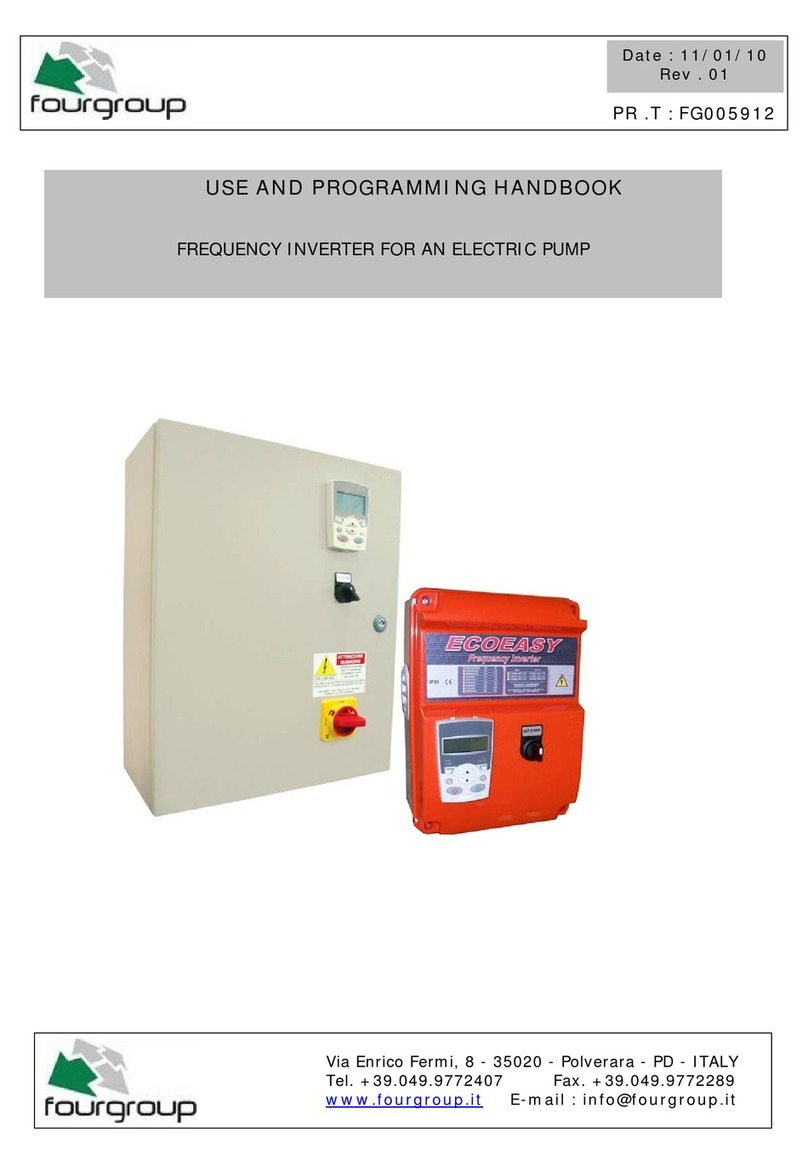
This manual contains information that relates to PROTECTING PERSONAL SAFETY and
PREVENTING EQUIPMENT PROBLEMS. It is very important to read this manual carefully and
understand it thoroughly before using the product.
DANGER!
Potential hazard that will result in serious injury or loss of life.
WARNING!
Potential hazard that could result in serious injury or loss of life.
CAUTION!
Potential hazard that may result in moderate injury or damage to equipment.
IMPORTANT!
Installation, operation, or maintenance information that is important but not hazard related.
This power inverter can be used on 12 V Vehicles or 24 V Trucks, Boats, RVS.
When rstly connected to a battery, the inverter will indentify battery’s voltage and record it,
then it will perform under this voltage. For example, once it connect to Truck’s battery-24 V,
it will perform as low-voltage shutdown at 20–22 V and high-voltage shutdown at 30–32.6 V.
If change to different voltage of battery, you need to power off the inverter rstly, Connect to
a new battery with different voltage (for example 12 V), then power on the inverter, it will
indentify the voltage of new battery.
WARNING!
• HEATED SURFACE. The power inverter housing may become uncomfortably warm, and can
reach up to 60°C (140°F) under extended high power operation.
• Do not use the power inverter in a truck in which the plus pole of the car battery is
connected to the chassisl Before using the device, please determine how the battery is
connected in the respective vehicle.
• Do not operate the power inverter if it has been dropped or damaged in any way.
• Always disconnect the device by pulling on the plug itself, not the power cable.
• The device must be fastened so that it does not cause a safety hazard in case of collision
or hard braking.
• Route the power cable so that it does not interfere with the driver when plugged into the
vehicle's 12 V outlet.
• Prevent the power supply cable from coming into contact with hot parts of the engine or
from hanging over sharp edges and make sure it will not get caught on moving parts of the
engine.
• When using truck batteries, always follow the advice from the manufacturer of the battery
and in the truck instruction manual.
• Using improper voltage may result in damage to the device and possible injury to the user.
• The correct voltage is listed on the rating plate.
• Never leave the device unattended during operation.
SAFETY INFORMATION
4model no. 011-2038-4 | contact us: 1-877-466-8191 5
SAFETY INFORMATION
